Ian McMaster is a long-term Land for Wildlife member at Mt Mellum and is a keen advocate for community conservation on the Sunshine Coast. Ian and his wife, Chrissie, have taken the next step in their conservation journey to register a portion of their property as a Nature Refuge. Ian’s LfW Officer, Alan Wynn, caught up with Ian recently to discuss Ian’s latest passion – moths – and how he is teaching other landholders to survey for them using a light trap.
What sparked your interest in insects?
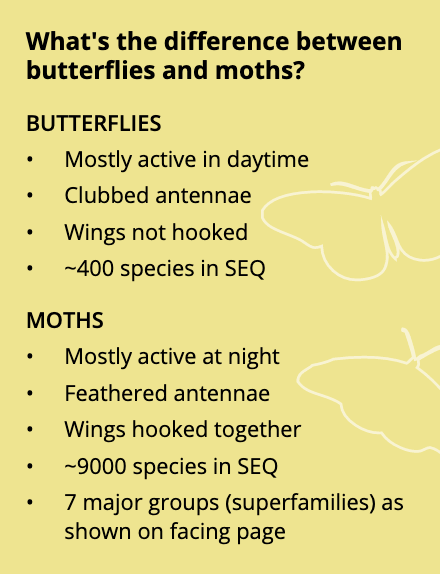
It grew from trying to better understand the ecosystems on our Nature Refuge at Mount Mellum. As part of the process of applying for a Nature Refuge, we had to show why the land was worth protecting for future generations. So, we listed all the plants we could find, noting about half a dozen threatened species. With council support, we surveyed for birds and reptiles, and set up motion cameras to track mammals, but we knew very little about the invertebrates. So, I started to photograph and record what we could find.
At about this time, my sister came to visit us from NSW. She has a fascination with spiders, and her husband is an excellent photographer, so they started to photograph all the spiders at our place and helped me understand different spider habitats. I then found out that a friend had been photographing moths for years, and he was very generous in describing how to set up a UV light trap.
Why focus on moths?
The simple answer is that they are easy to photograph. Many of them are attracted to UV light, so all you need to do is set up a UV source when conditions are good for moths and wait for them to come to you. Once they settle, they will remain happily in place for you to take as many shots as you need.
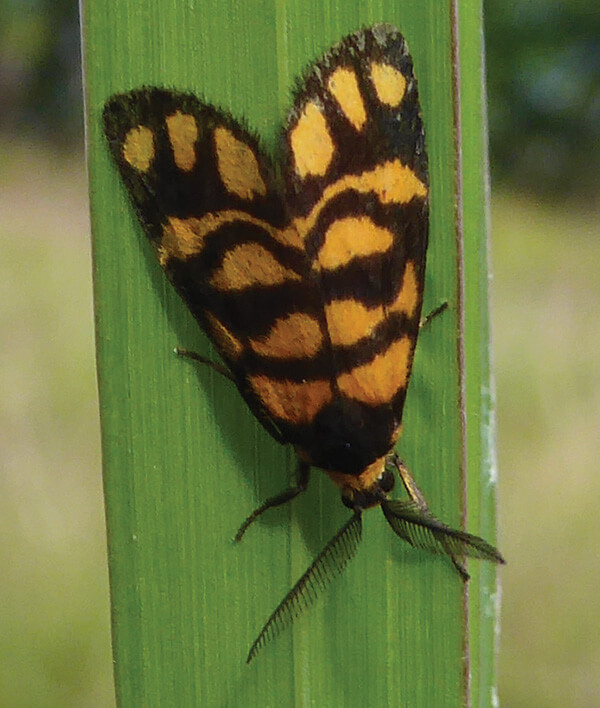
How many moth species are there in Australia?
According to CSIRO, there are about 22,000 known species but only about half of those have been formally described and named. Many have yet to be discovered, and there may be up to 30,000 species.
Why so many?
Moths have developed a high degree of specialisation as a result of their lifecycle. In the larval stage they are sedentary and rely on the leaves from specific plant species. Yet in the adult phase, they are highly mobile, and able to travel long distances to find mates and lay eggs on other plants of the same species. Often the adult phase is quite short-lived, with some moth species lacking mouth parts, so they rely entirely on the energy stored during the larval phase.
What do you do with all the photos you take?
I upload the good ones to iNaturalist. This is an international citizen science platform that enables others, including experts, to identify your photos. The good thing is that confirmed iNaturalist records are uploaded to the Atlas of Living Australia and contribute to our national biodiversity datasets.
Are there any moth species that particularly interest you?
Actually, I’m more interested in occurrence patterns of moths and butterflies. For example, in 2016 there were unusually good winter rains in western NSW, and as a result, there was an enormous migration of Caper White butterflies across SEQ. We saw great clouds of them coming over daily for a couple of weeks.
In 2020, we had an unusually high number of various species of fruit piercing moths. Many locals lost their entire citrus crops to their depredations. After seeing just five individuals of one species, Avatha discolor, in the previous three years, I saw literally hundreds of them in 2020. It fascinates me how you will see some moth species regularly, month in and month out for several years, while others only turn up once in a decade. These natural variations make it difficult to measure the impacts of broad-scale things like habitat loss and climate change.
All photos by Ian McMaster.
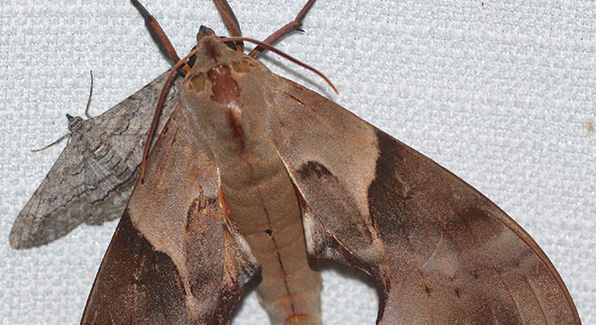
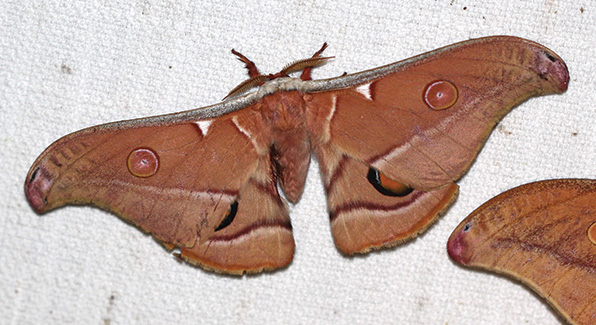
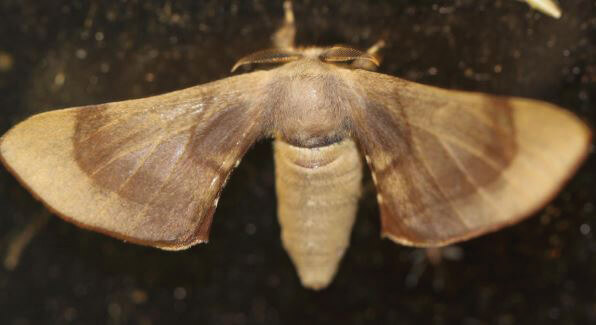
Bombycoid Moths (Bombycoidea)
Mainly large, including emperor moths, hawk moths and lappet moths (~250 named species in Australia).
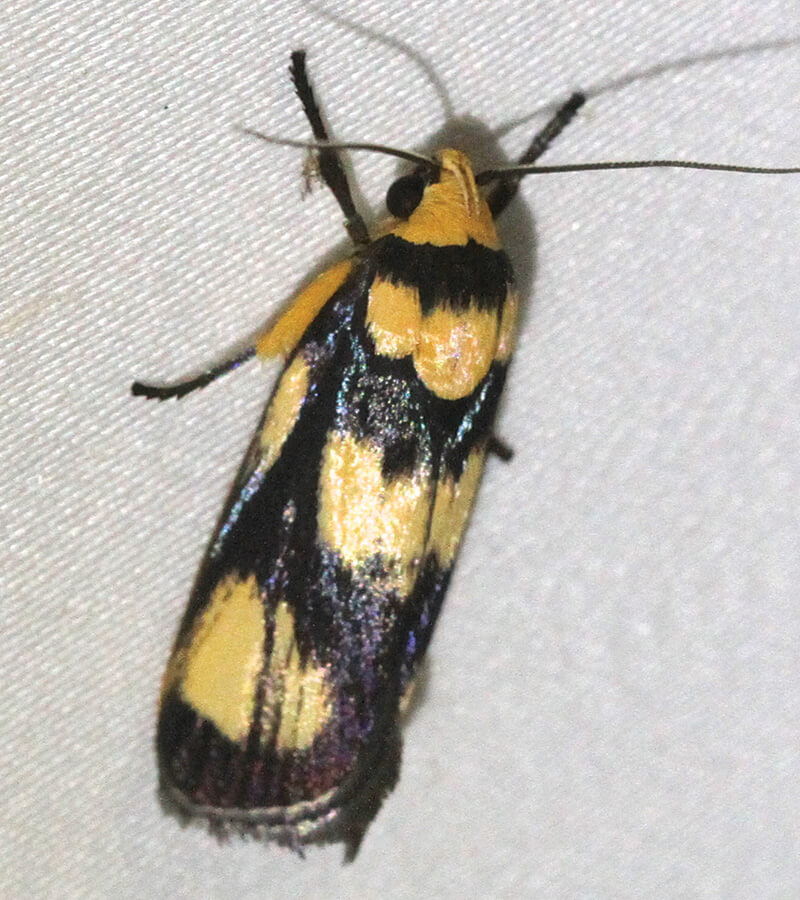
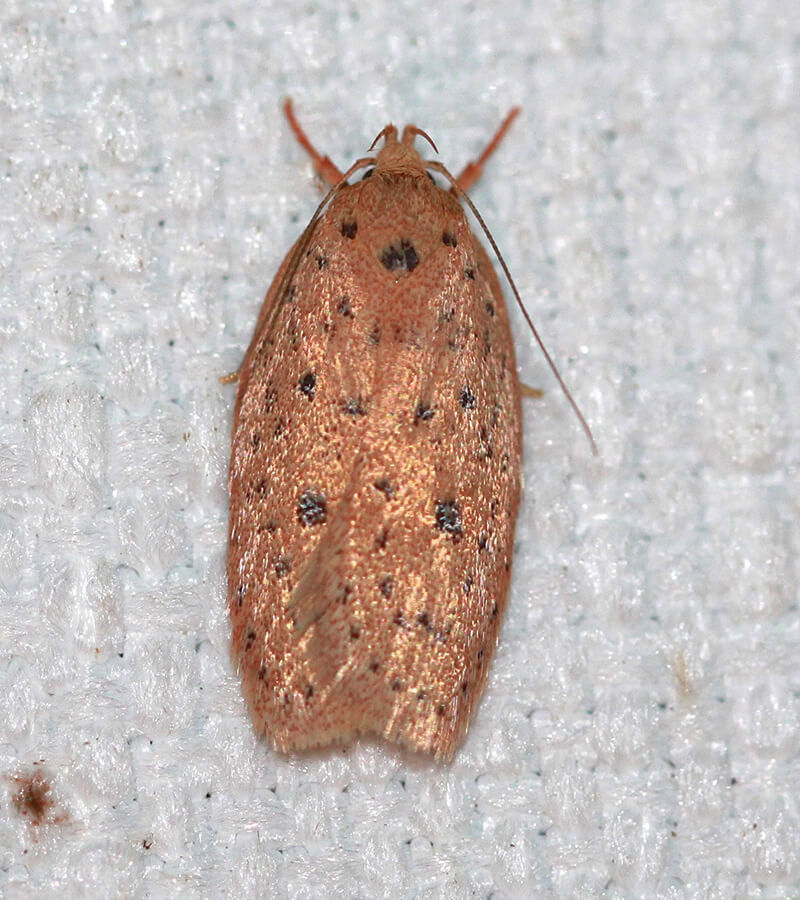
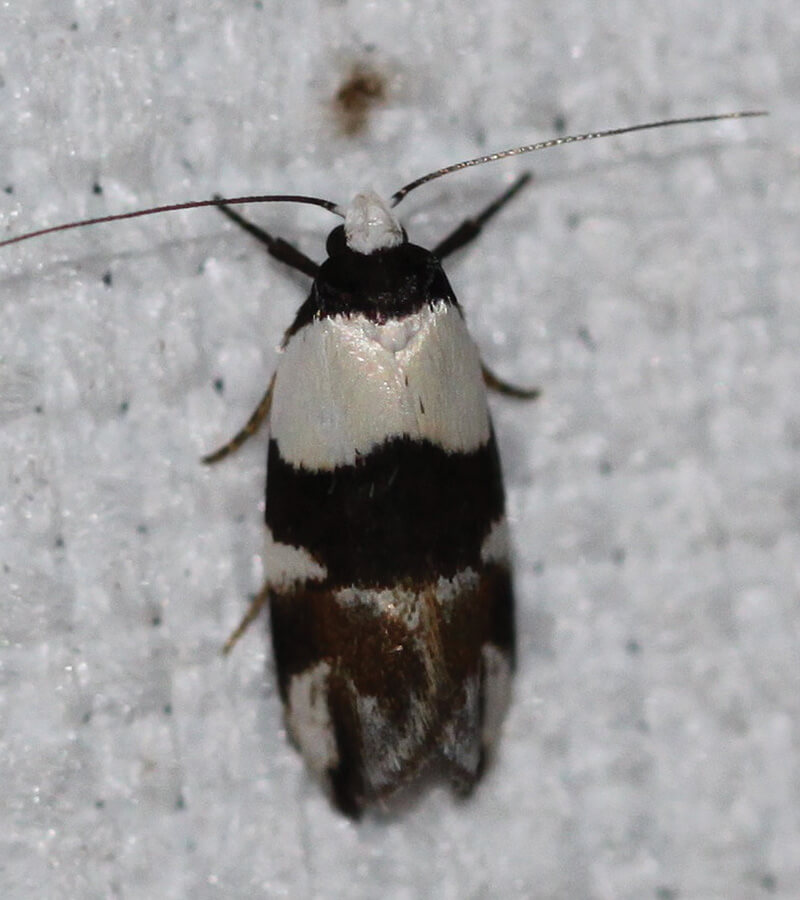
Curved-horn Moths (Gelechioidea)
Mainly small, including seed borers, concealer moths, timber moths, curved horn moths (~3000 named species).
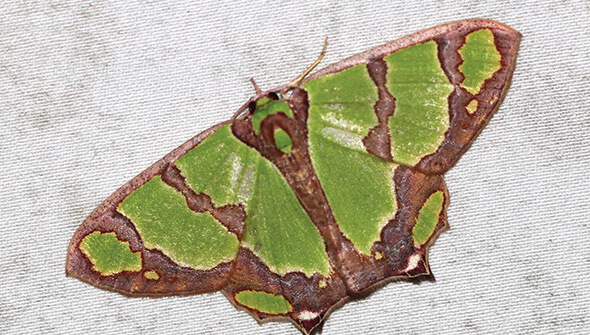
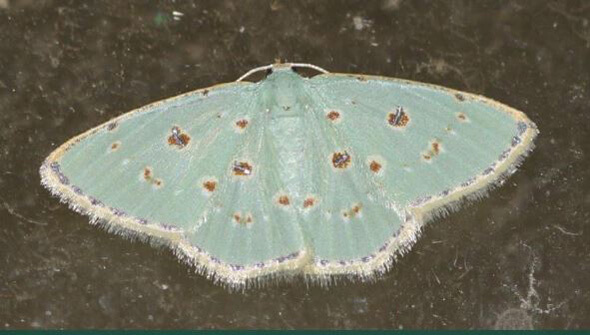
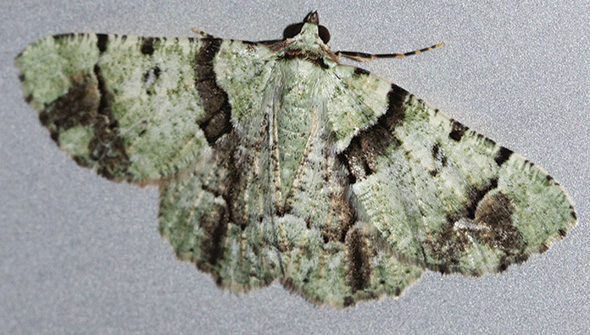
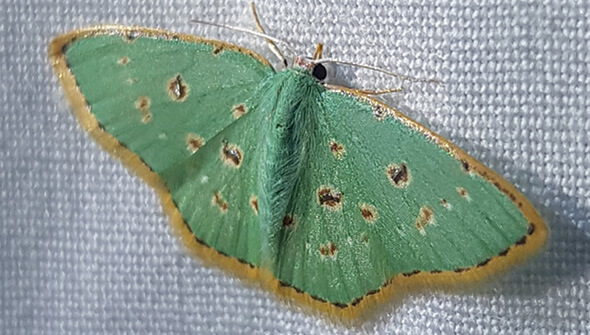
Geometer Moths (Geometroidea)
Mainly medium sized, including emeralds, waves and carpet moths (~1100 named species).
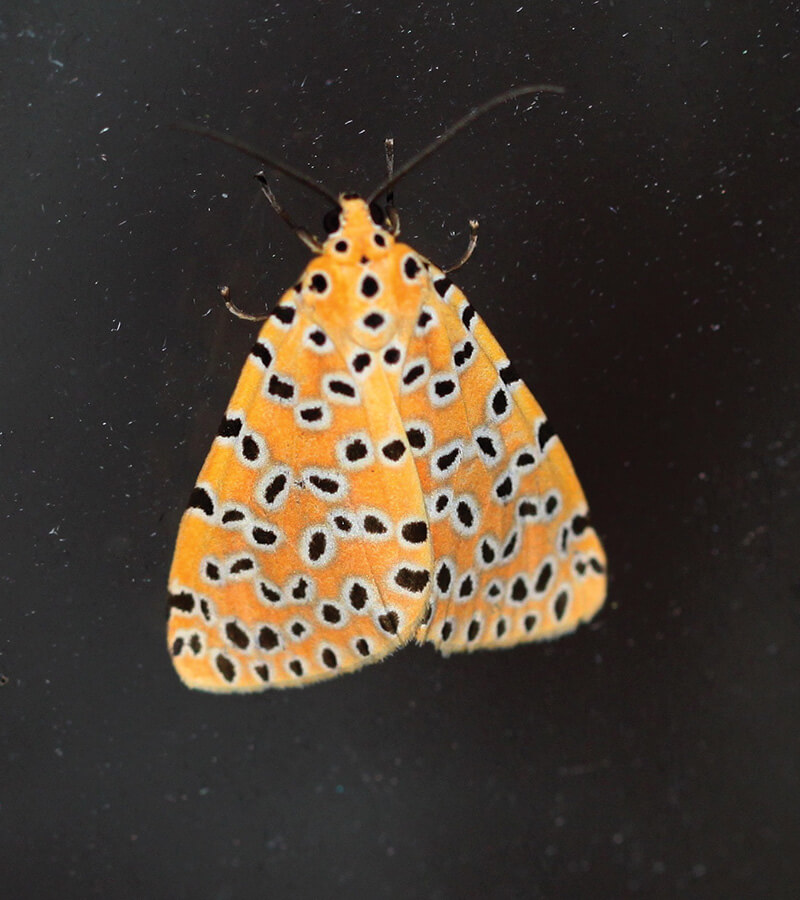
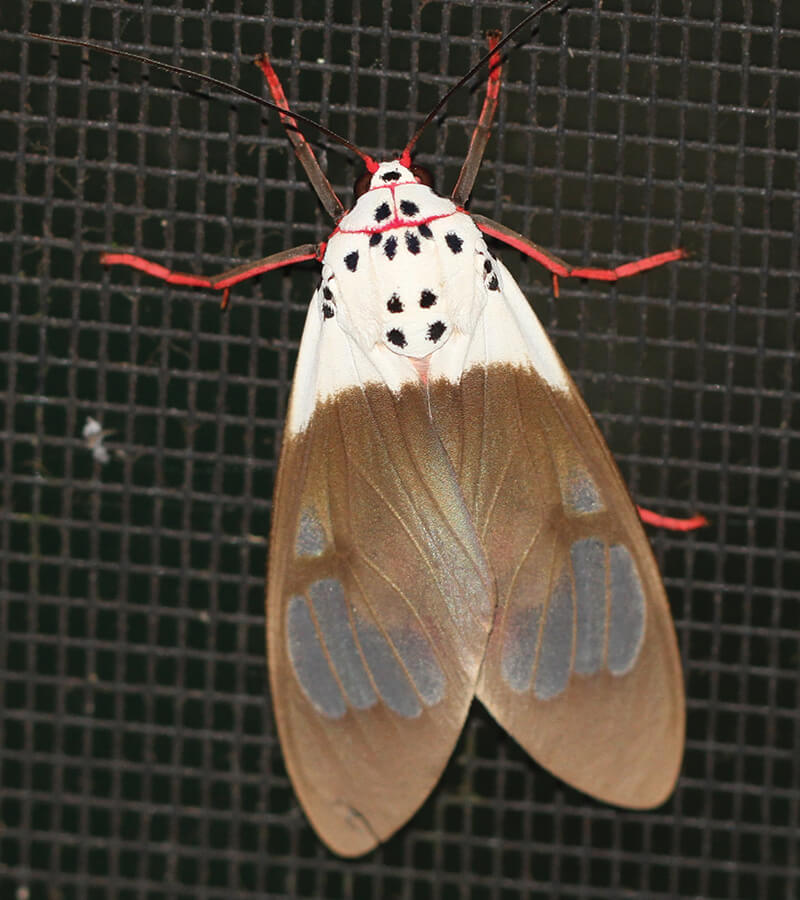
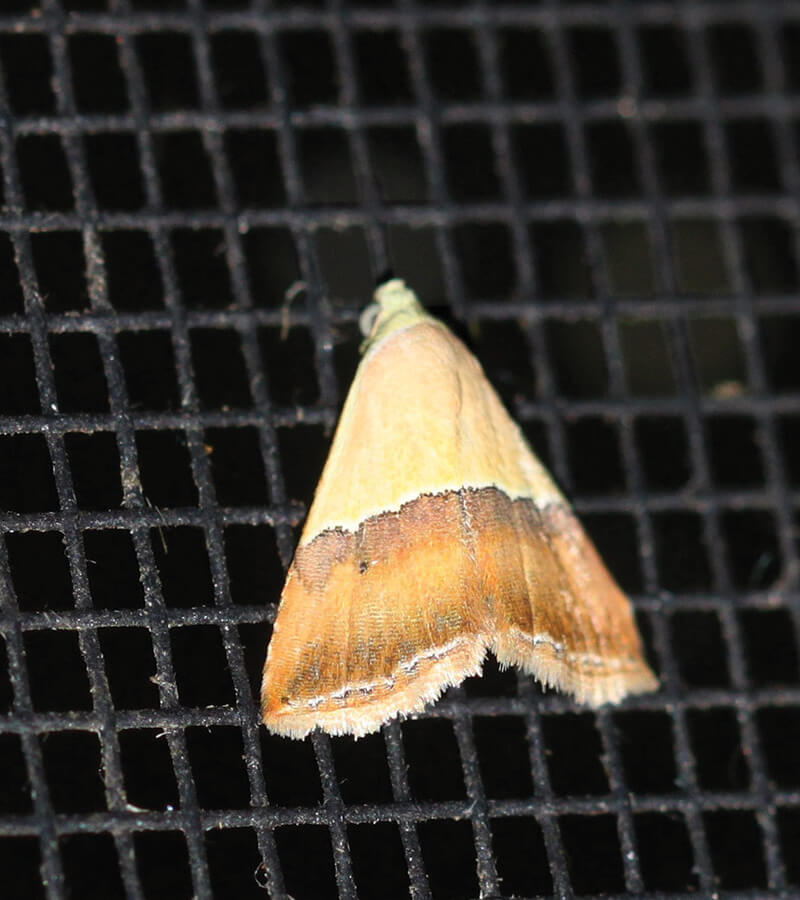
Owlet Moths (Noctuoidea)
Variable in size, some brightly coloured, some drab, including tiger and litter moths (~1800 named species).
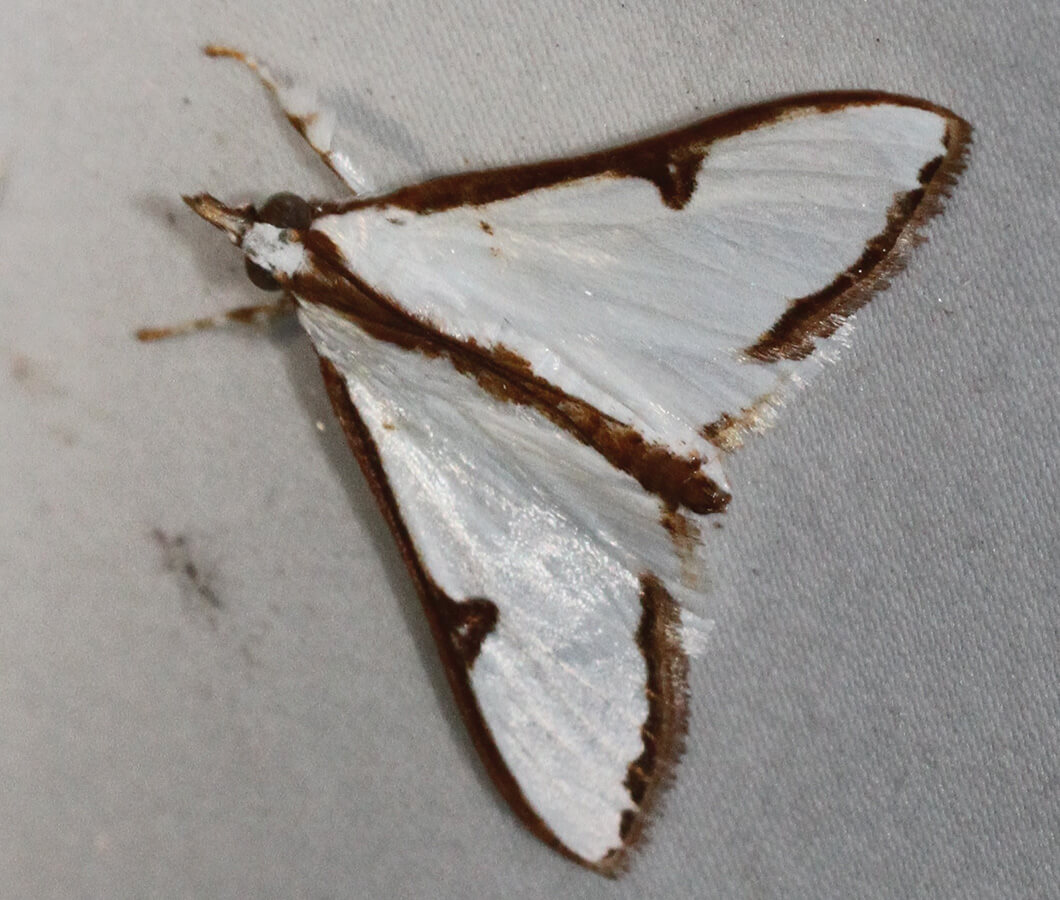
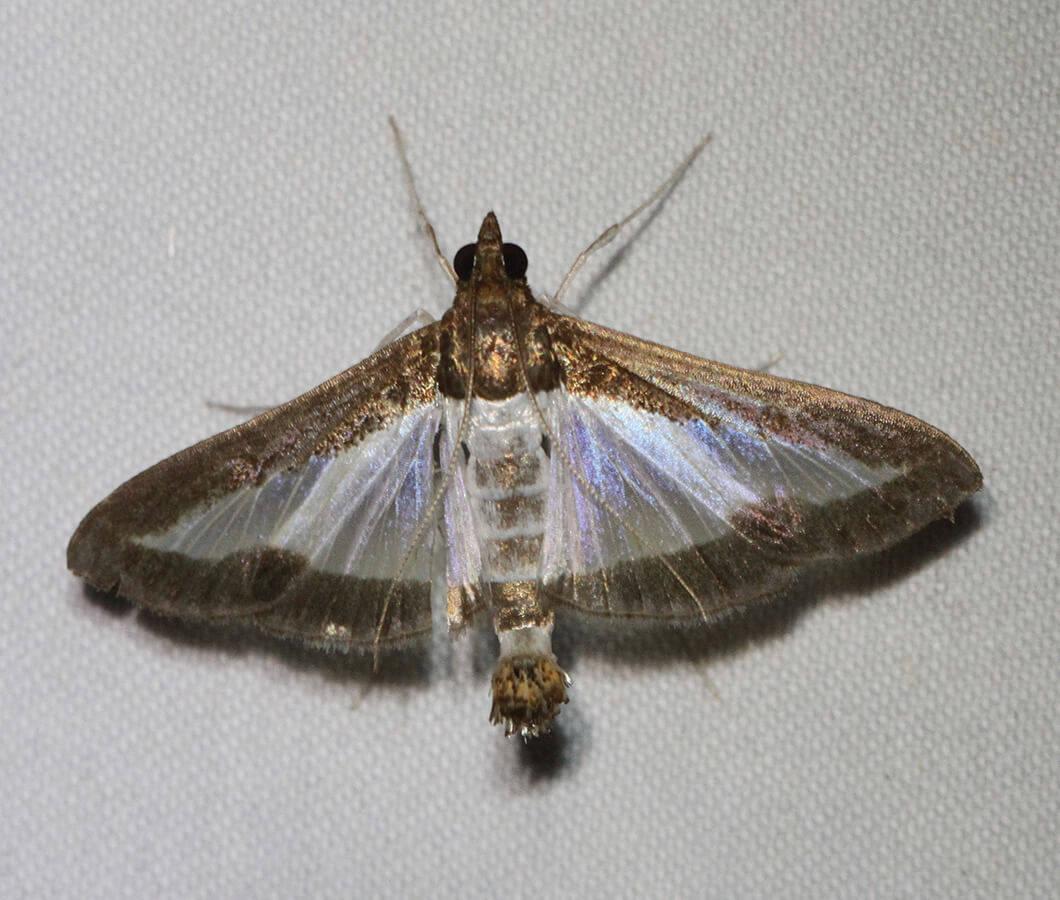
Snout Moths (Pyraloidea)
Mainly small, including webworms and mealworms (~1200 named species).
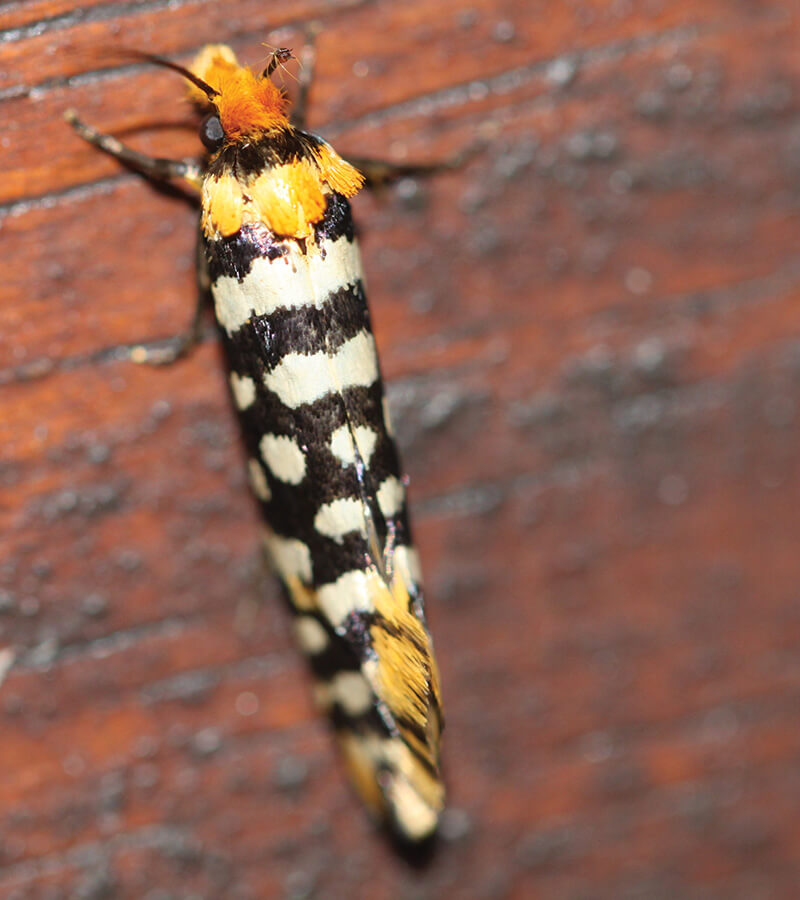
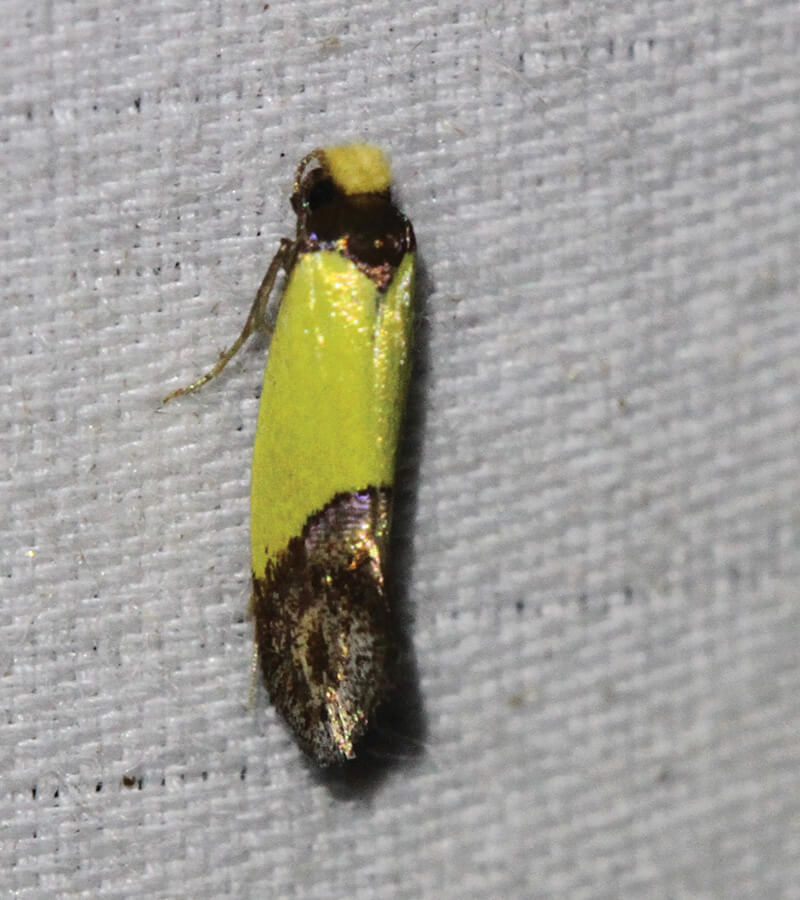
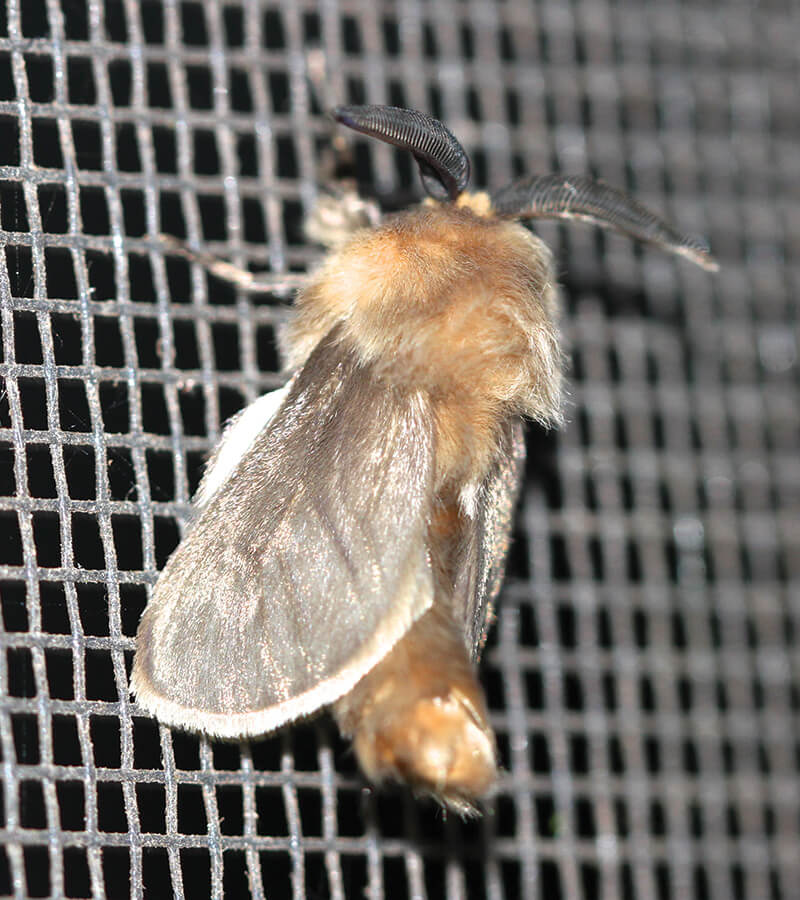
Tineoid Moths (Tineoidea)
Mainly small, including bagworms, case moths and clothes moths (~800 named species).
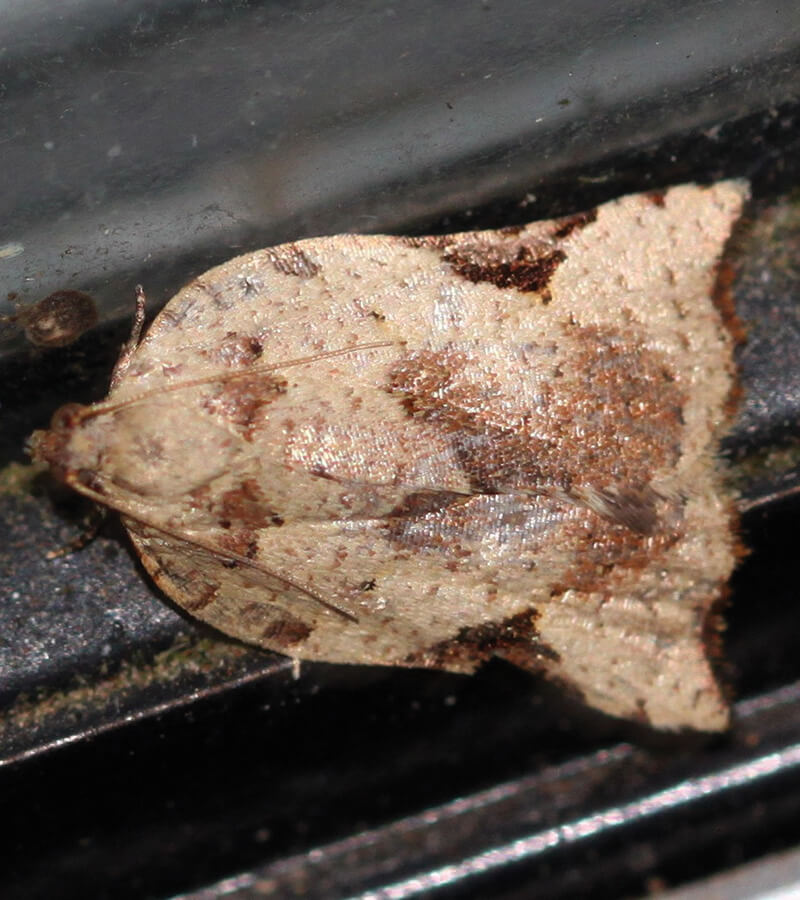
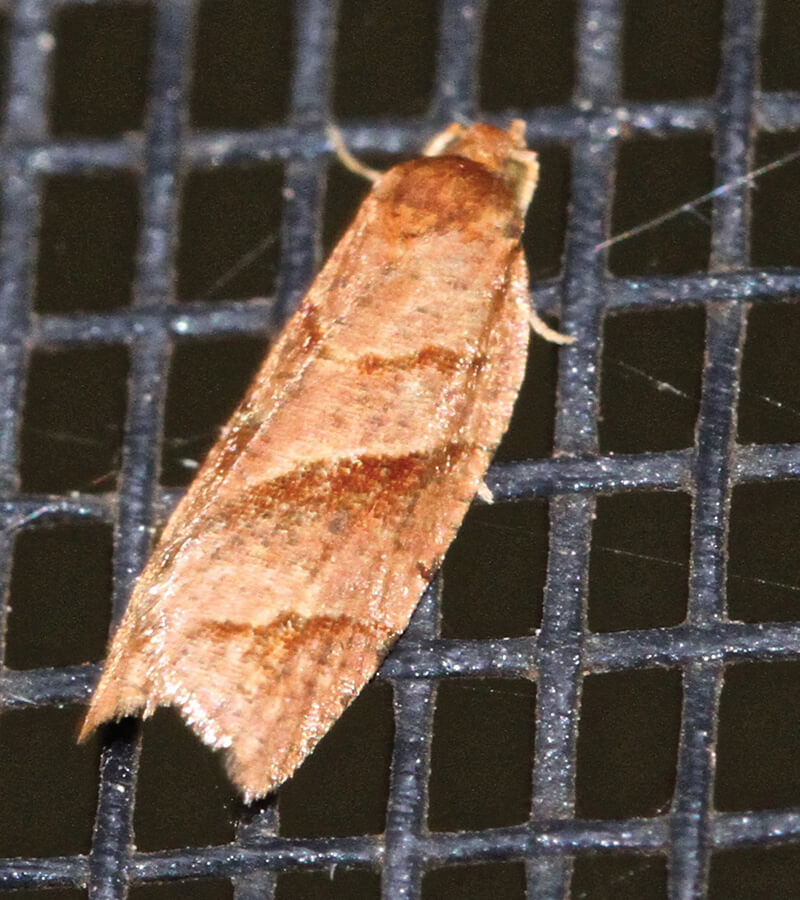
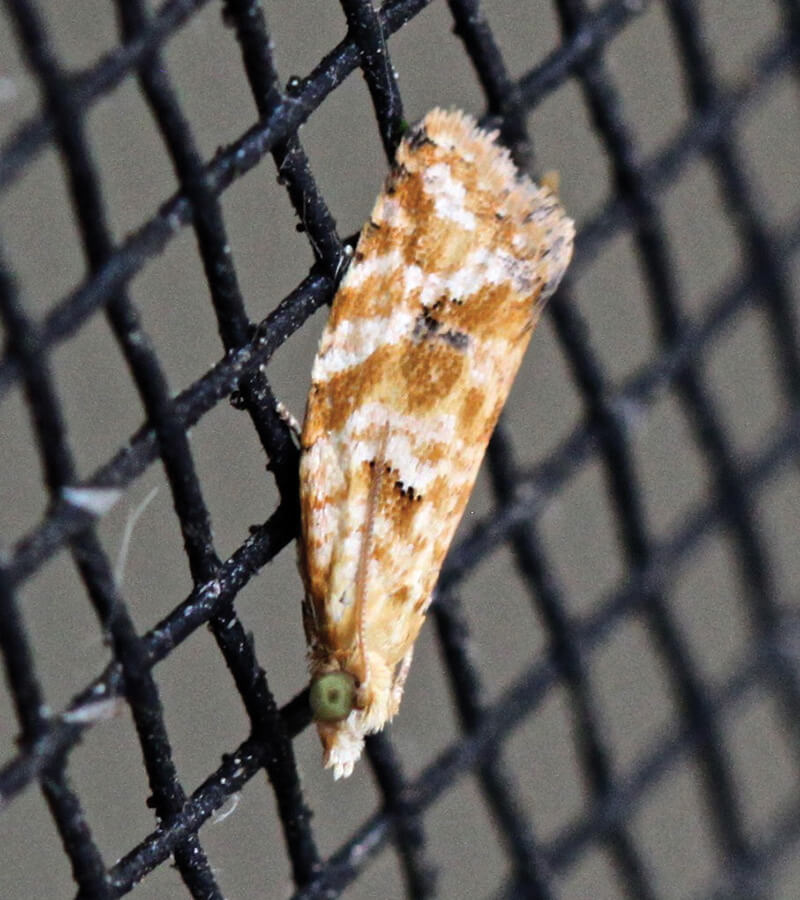
Tortrix Moths (Tortricoidea)
Mainly small, including leaf roller moths (~560 named species).
